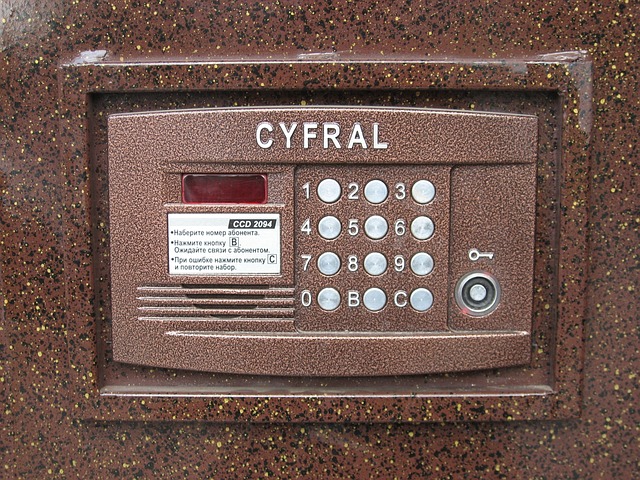Skunks visit Centennial yards seasonally, leaving behind specific tracks (3 front, 4 hind) and scent marks. Homeowners can identify skunk presence through chewed plants and digging mounds. Relocation by wildlife control experts involves tracking animal tracks, using live traps, and safe handling. To prevent future visits, learn to recognize skunk tracks during inspections, maintain a clean yard, secure garbage cans, and plant aromatic deterrents like lavender or mint.
“Skunks may seem harmless, but their presence in your Centennial yard can cause disruptions. Understanding skunk activity involves learning to identify their unique tracks and signs, crucial for safe interaction. This guide delves into the art of skunk relocation, offering expert techniques for humane removal. We also explore preventive measures to safeguard your home from unwanted visitors. Knowing how to recognize animal tracks in your Centennial yard is the first step towards effective wildlife control.”
- Understanding Skunk Activity in Your Yard: Identifying Tracks and Signs
- The Art of Skunk Relocation: Expert Techniques for Safe and Humane Removal
- Preventing Future Visits: Protecting Your Centennial Home from Unwanted Skunks
Understanding Skunk Activity in Your Yard: Identifying Tracks and Signs

Skunks are often unwelcome visitors to yards and gardens, but understanding their behavior can help you identify when they’ve been there. In the Centennial area, skunk activity is most common during spring and fall as they seek new territories or food sources. To determine if a skunk has made your yard its home, look for identifying tracks and signs. Skunks leave distinct paw prints, which are generally smaller than a human’s but visible nonetheless. These prints often show three toes on the front feet and four on the hind feet. Additionally, they may leave behind scent glands marked by a strong, pungent odor—a telltale sign of their presence.
Beyond tracks, look for chewed plants, particularly at the base of trees or shrubs, indicating feeding activity. Skunks are known to dig as well, creating small mounds of dirt where they forage for insects and grubs. By recognizing these signs, you can better understand skunk behavior in your Centennial yard and take appropriate action if relocation becomes necessary.
The Art of Skunk Relocation: Expert Techniques for Safe and Humane Removal

The process of skunk relocation requires a delicate balance between safety and humanity, especially for professionals dealing with wildlife control. Experts in this field have honed their skills to ensure minimal stress for both the skunk and the residents of Centennial homes. When faced with a skunk infestation, identifying animal tracks is a crucial first step. By meticulously examining the yard, these experts can trace the movements of skunks, understanding their behavior and patterns. This knowledge enables them to employ safe and effective relocation strategies tailored to each unique situation.
Using specialized equipment and techniques, wildlife control specialists carefully capture skunks, often employing live traps designed to minimize harm. Once captured, proper handling and transportation methods ensure the skunk’s well-being during relocation. The goal is not just to remove the skunk but to do so in a way that respects their natural habits and contributes to the preservation of Centennial’s local ecosystem.
Preventing Future Visits: Protecting Your Centennial Home from Unwanted Skunks

Preventing future skunk visits is crucial for any homeowner, especially those with a Centennial residence. The first step is to identify signs of their presence by learning to recognize animal tracks in your yard. Skunks leave distinct footprints that can be easily spotted, helping you understand their patterns and habits. Regularly inspecting your property allows you to detect any early indications of skunk activity, such as digging or scent marking.
Once identified, there are several measures to deter them naturally. Keeping your yard clean and free of debris reduces hiding spots, while securing garbage cans with tight-fitting lids minimizes food sources. Planting certain aromatic plants like lavender or mint can also act as natural repellents. By combining these strategies, you can significantly decrease the likelihood of skunks returning, ensuring a peaceful and scent-free Centennial home environment.
When dealing with skunk encounters in your Centennial yard, understanding their behavior and tracks is key. By identifying signs of skunk activity through track analysis, you can employ effective relocation methods suggested by experts. These techniques ensure the safe and humane removal of these animals while also offering long-term prevention strategies. Remember, preventing future visits involves securing your space to deter skunks, making your yard less inviting for unwanted visitors.
